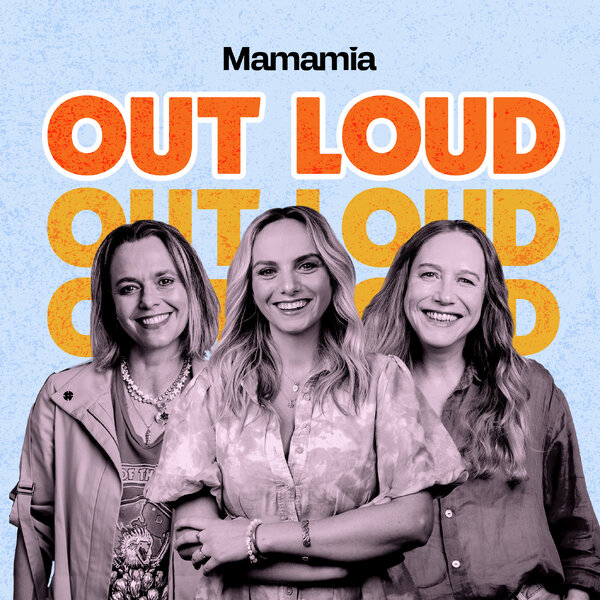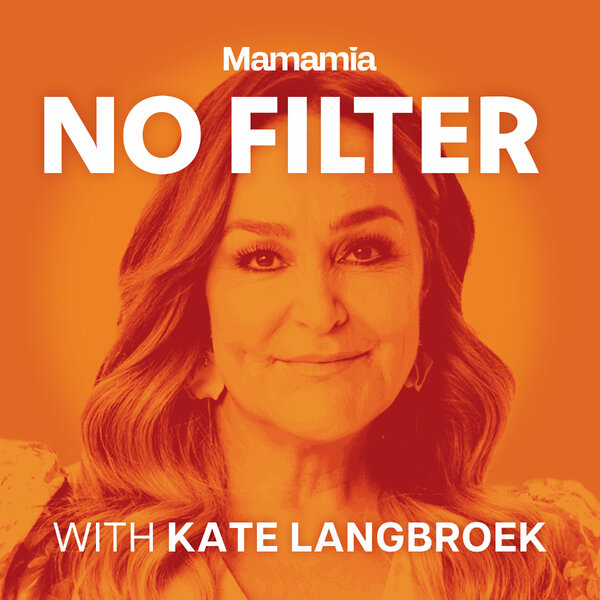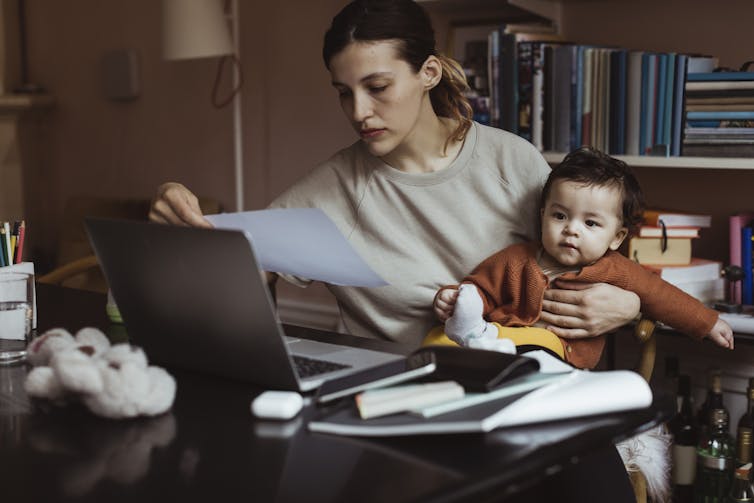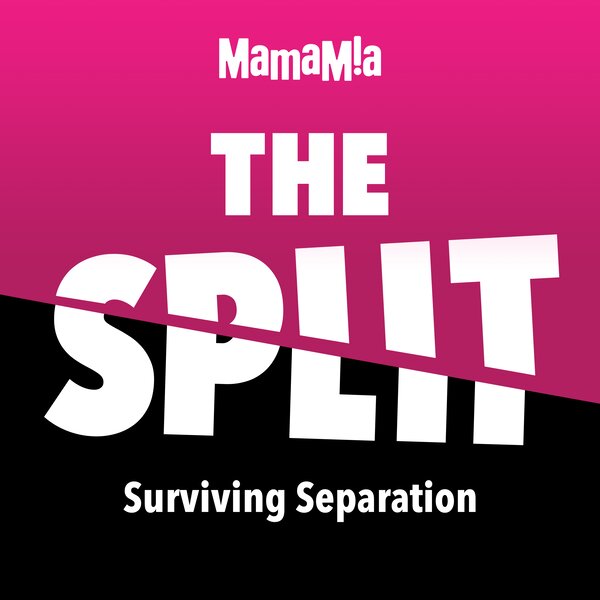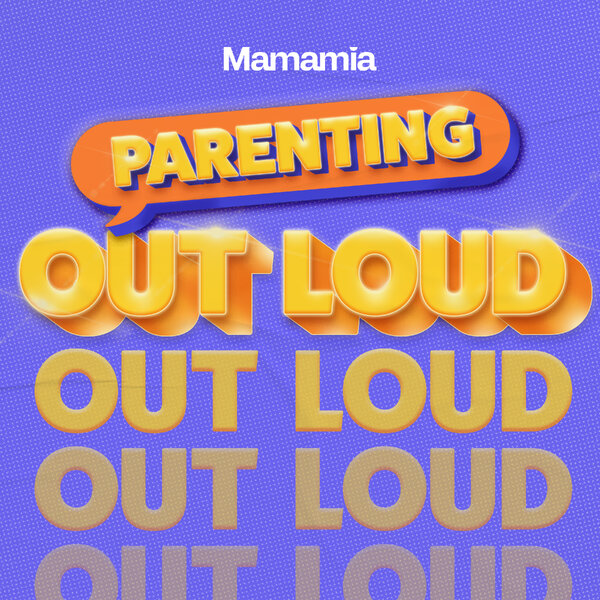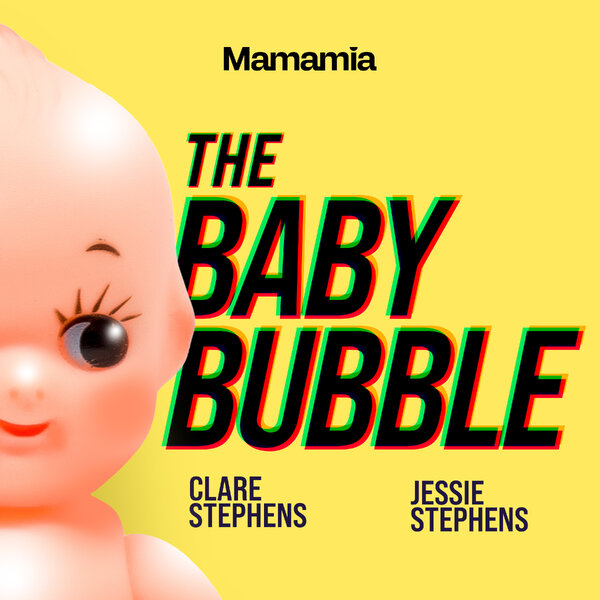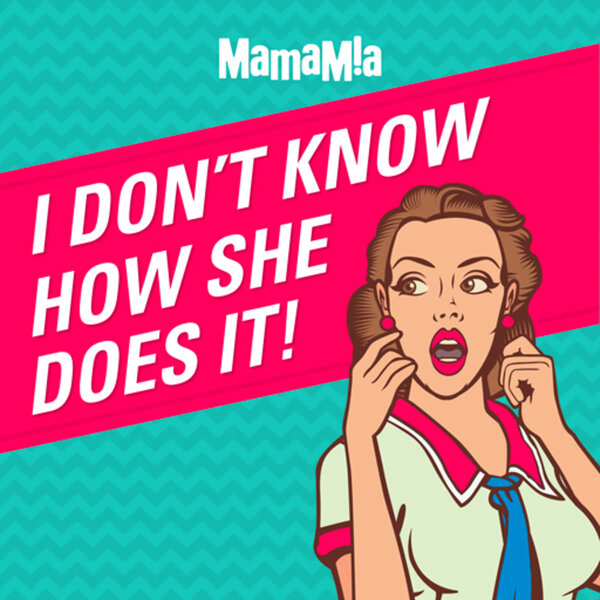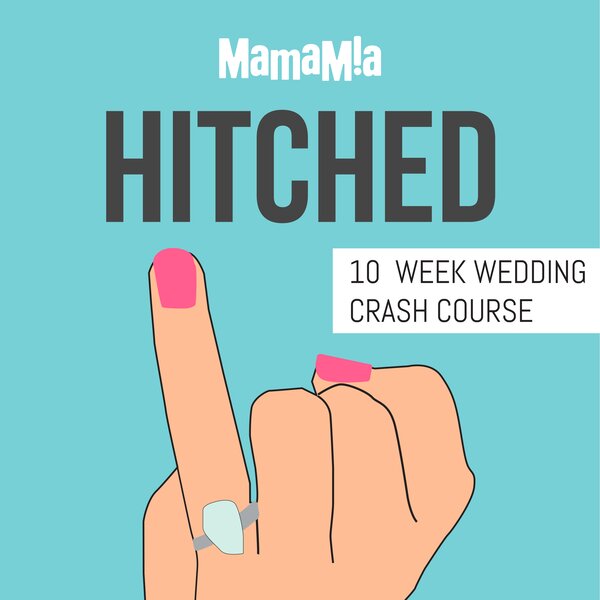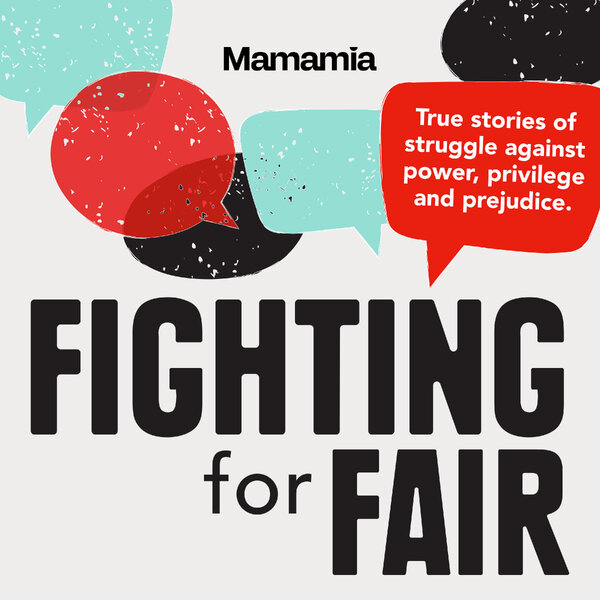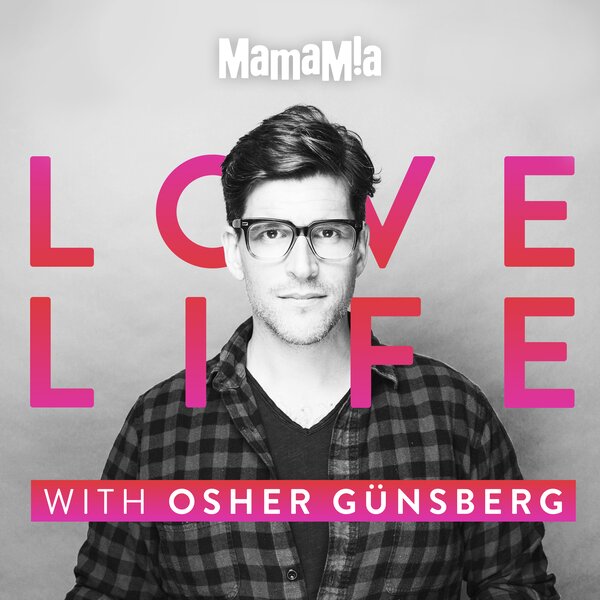
Australians are having fewer children than ever. At 1.5 babies per woman, the fertility rate is at a record low. Many attribute this to the cost of having and raising children.
If this is true, it raises questions of intergenerational fairness and future planning for governments. What do we do about the young would-be parents who are opting out because it’s simply too expensive?
The problem with this assumption is that while it may feel true that childbearing must have become more expensive over the decades, it’s not that simple.
So what do parents have to fork out to raise children, how do we measure it, and are kids really that much more expensive now than they used to be?
Intergenerational inequality is the term on the lips of policymakers in Canberra and beyond. In this four-part series, we’ve asked leading experts what’s making younger generations worse off and how policy could help fix it.
Crunching the numbers.
Calculating the cost of raising kids is a complicated beast that raises many questions for academics to consider. Is a second child less expensive than a first child? Are older children more expensive than younger children?
Do higher income families spend more on children than lower income families, and what share of that spending is necessary compared to discretionary?
These are debates in the literature for which there aren’t necessarily clear answers, in spite of much research.

